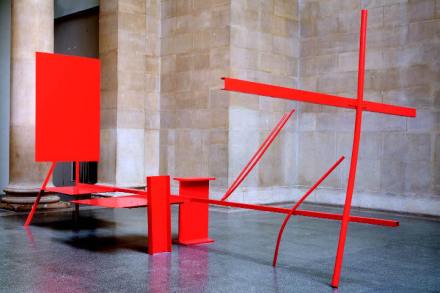Is the best Australian art yet to come?
Astonishingly, the last major survey show of Australian art in this country was mounted more than half-a-century ago. Then it was the innovative writer, critic and museum director Bryan Robertson who staged Recent Australian Painting at the Whitechapel Art Gallery in 1961, a show he consolidated by monographic exhibitions of Sidney Nolan, Roy de Maistre and Arthur Boyd, also at the Whitechapel. Later Robertson also wrote extensively about Brett Whiteley, but his one-man Australian project was not taken up by other curators. Although Nolan and Boyd have had their supporters here (particularly Nolan), Australian art has for far too long remained not just a closed book but an unknown quantity









